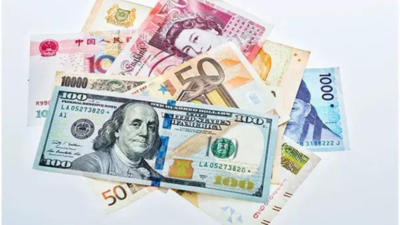
India’s external debt rose 10% to $736.3 billion at the end of March 2025 from $668.8 billion a year earlier, according to data released by the Reserve Bank of India (RBI) on Friday. The debt-to-GDP ratio also inched up to 19.1% from 18.5% in FY24.The increase includes a $5.3 billion valuation impact due to the appreciation of the US dollar against the rupee and other currencies. Excluding this effect, the underlying increase in debt was $72.9 billion, PTI reported.Breakdown of debt compositionThe non-financial corporate sector accounted for the largest share, borrowing $261.7 billion. Deposit-taking corporations excluding the central bank owed $202.1 billion, while the government’s share of external debt stood at $168.4 billion.Long-term debt (with original maturity above one year) rose by $60.6 billion to $601.9 billion. Meanwhile, the share of short-term debt in total external liabilities declined to 18.3% from 19.1% a year ago. However, the ratio of short-term debt to foreign exchange reserves rose slightly to 20.1%, up from 19.7% at the end of FY24, the report said.Debt instruments and currency mix
- Loans remained the largest component of external debt, making up 34% of the total, followed by:
- Currency and deposits: 22.8%
- Trade credit and advances: 17.8%
- Debt securities: 17.7%
The US dollar continued to dominate India’s foreign borrowing, accounting for 54.2% of the total external debt. Other currencies in the debt mix included the Indian rupee (31.1%), Japanese yen (6.2%), Special Drawing Rights (4.6%), and euro (3.2%).














